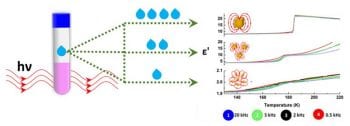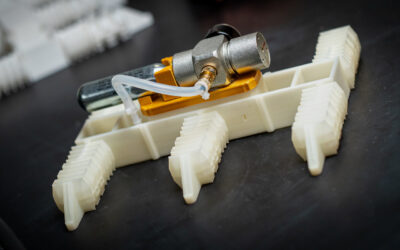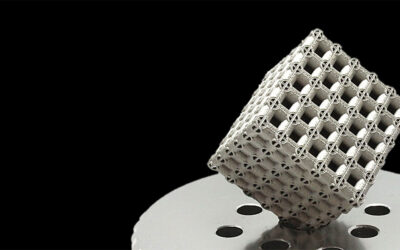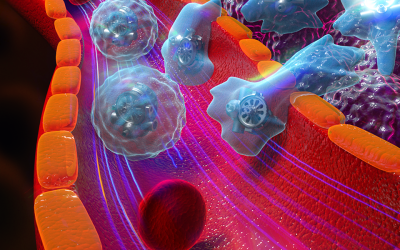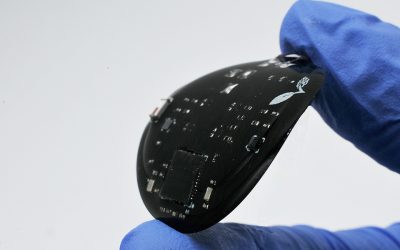Piezoelectric perovskites, and in particular, the lead zirconate titanate (PZT) family of piezoelectrics and multiferroics, have wide-ranging applications in information technology and are utilized as materials for sensors, actuators and transducers. Perovskite-like metal-organic frameworks (MOFs) are hybrid materials with similar properties, and are thus potential Pb-free alternatives for PZTs. Additionally, because they are made of organic as well as inorganic components, these hybrid perovskites can be made under mild conditions. However, typical methods of synthesis for these materials involve a hydrothermal or diffusion-controlled reaction followed by several days of crystallization. Such processes are inefficient in terms of time as well as energy. On the other hand, microwave heating is a widely used strategy for rapid synthesis of various materials.
Researchers from the Florida State University (FSU) have used a two-pronged approach, combining (a) rapid microwave-assisted heating of optimized reaction mixtures with (b) controlled precursor concentration, to achieve rapid synthesis of these metal-organic perovskite-like multiferroics, along with the ability to control the size and morphology of the particles produced. While traditional syntheses require timeframes of the order of days, the microwave-assisted synthesis can be accomplished in minutes. With the development of this method, the team from FSU has realized size-based control of the magnetic and electric properties of these materials. For example, the materials are ferroelectric in the bulk or single-crystal phase and show a sharp phase transition from the paraelectric to the ferroelectric phase. However, as the particle size is reduced to dimensions of ca. 1 μm, the ferroelectric transition becomes diffuse and the materials behave as relaxor ferroelectrics. While there have been previous reports of composition-based tuning of the properties of these compounds, this is the first report of size-based tuning, i.e. the ability to control the material properties simply by changing the particle size. In future work, the researchers aim to achieve finer control over the size of the particles formed and also to extend the method to other hybrid perovskites.
The text is kindly provided by Naresh Dalal

